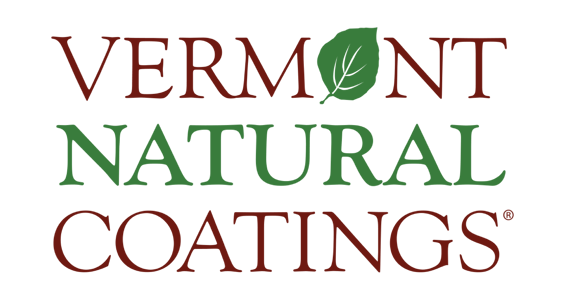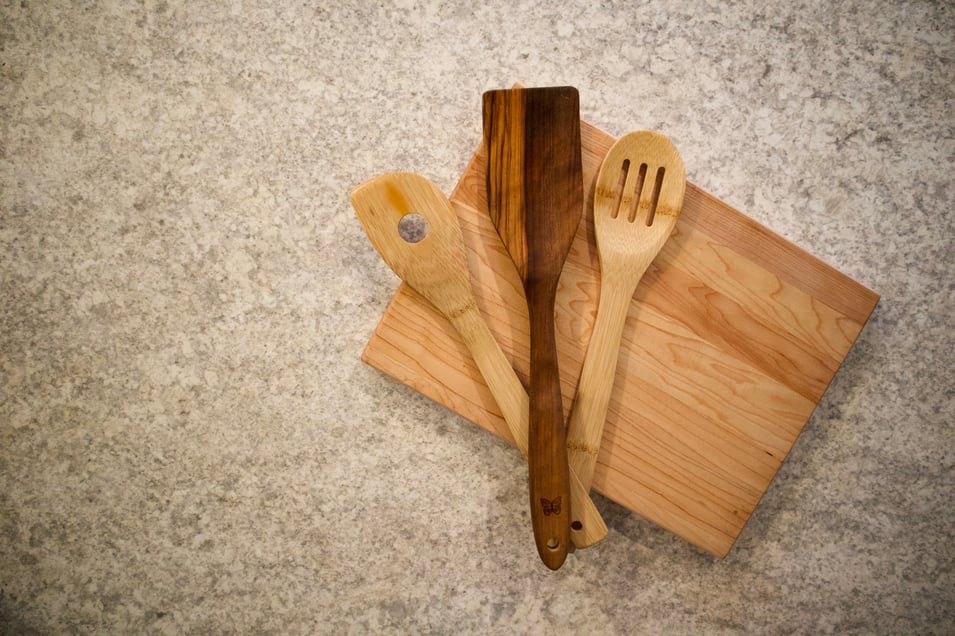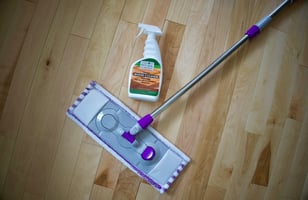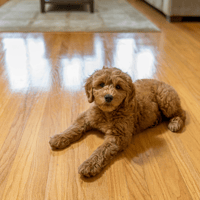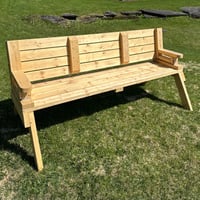Our wood floors are a cherished part of our homes that deserve exceptional care. Discover our guide...
How to Maintain Your Wooden Cutting Board: Answering FAQs
Are you unsure about how to maintain your cherished wooden cutting board? No worries, we've got you covered! Let's dive into some frequently asked questions about wooden cutting board care.
How do I clean my wooden cutting board?
Maintaining a wooden cutting board requires a unique cleaning process that differs from the standard cutting board to ensure its longevity and hygiene.
Follow these 4 simple steps to clean your wooden cutting board:
- Scrub: Use a scrub brush or a non-abrasive sponge to scrub the surface of the cutting board with hot, soapy water. Make sure to scrub all areas, including the corners and edges. Gently scrub to avoid damaging the wood.
- Rinse: Rinse off the soap from the cutting board with hot water. Ensure all the soap residue is removed.
- Disinfect: To kill any bacteria on the cutting board, you can use one of the following methods:
- Vinegar solution: Create a solution of equal parts water and white vinegar. Pour the solution onto the cutting board and let it sit for a few minutes. Rinse it off with water.
- Hydrogen peroxide: Pour hydrogen peroxide directly onto the cutting board and let it sit for a few minutes. Rinse it off with water.
- Dry: After cleaning, pat the cutting board dry with a clean towel. It's important to thoroughly dry the board to prevent moisture from causing warping or cracking. Allow the cutting board to dry standing up to allow adequate airflow for proper drying.
Can I put my wooden cutting board in the dishwasher?
Wood is a natural material that can be sensitive to changes in temperature and moisture, which can cause it to warp, crack, or split. Dishwashers use high temperatures and harsh detergents, which can damage the wood and shorten the lifespan of the cutting board.
Can I use cooking oils to treat my cutting board?
No. The oils commonly found in the kitchen, such as olive oil, corn oil and sunflower oil should never be used to maintain a cutting board or butcher block. These oils can go rancid which can yield a rank smell and unpleasant taste.
What do I use to maintain my wooden cutting board?
| We recommend Wood Rescue, a blend of food-grade mineral oil and organic beeswax! Wood Rescue is made from a blend of food-grade mineral oil and organic beeswax. Mineral oil, known for its excellent preservation properties, effectively seals the wood, preventing moisture absorption and minimizing the risk of cracking, warping, or splitting. This protective barrier safeguards your wooden items from stains, odors, and bacterial growth, ensuring a safe and hygienic food preparation surface. To elevate the performance of our cutting board oil, we've added organic beeswax. Beeswax acts as a natural sealant, enhancing the durability of the oil and creating a lustrous, water-resistant finish. This combination of mineral oil and organic beeswax provides a superior protective coating that helps maintain the natural charm and integrity of your wooden items. |
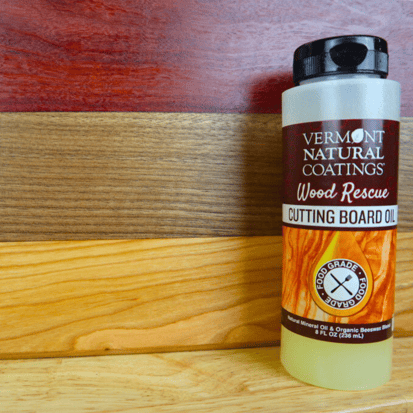 |
How often should I apply Wood Rescue?
Wood Rescue can be applied to wood surfaces weekly, monthly, or as often as needed depending on use.
What is the purpose of Wood Rescue?
Wood Rescue provides a food safe treatment that penetrates and protects the wood fibers to help prevent other liquids and moisture from soaking into the board. The oils and organic beeswax help prevent the wood from expanding and shrinking, which will prevent the board from warping.
Do I have to apply a wood cream over Wood Rescue?
No, Wood Rescue combines natural mineral oil and organic beeswax which penetrates and creates a natural barrier in one. No need for any additional products!
